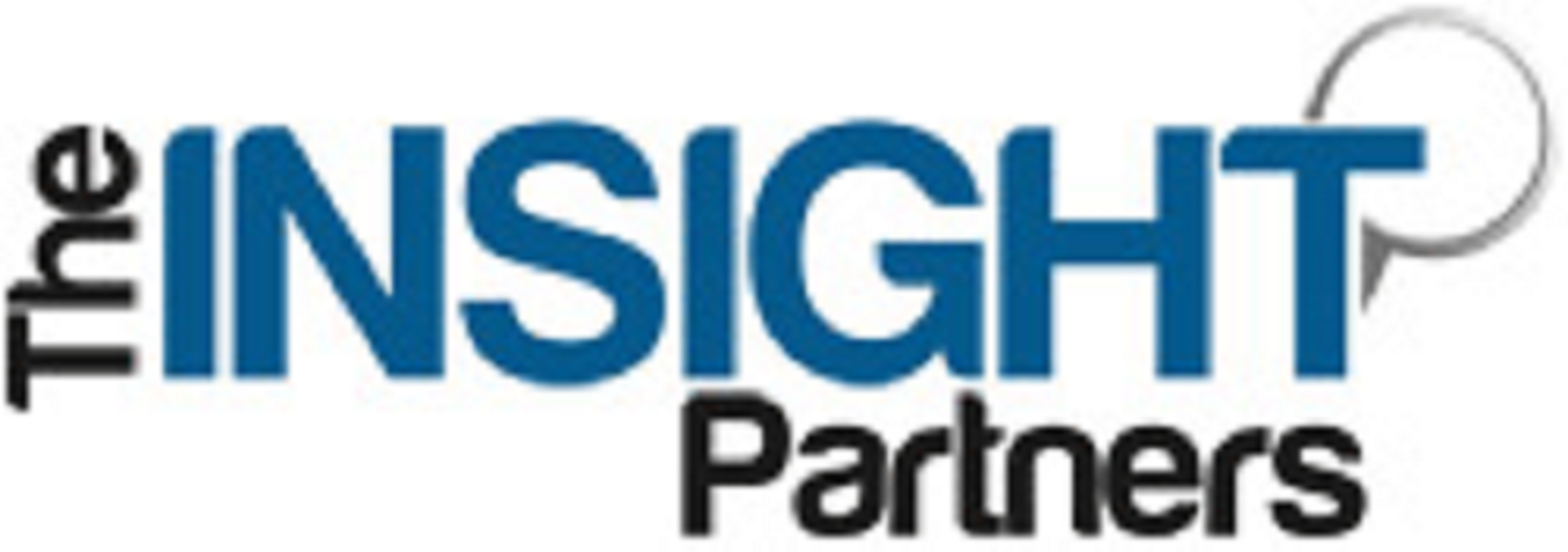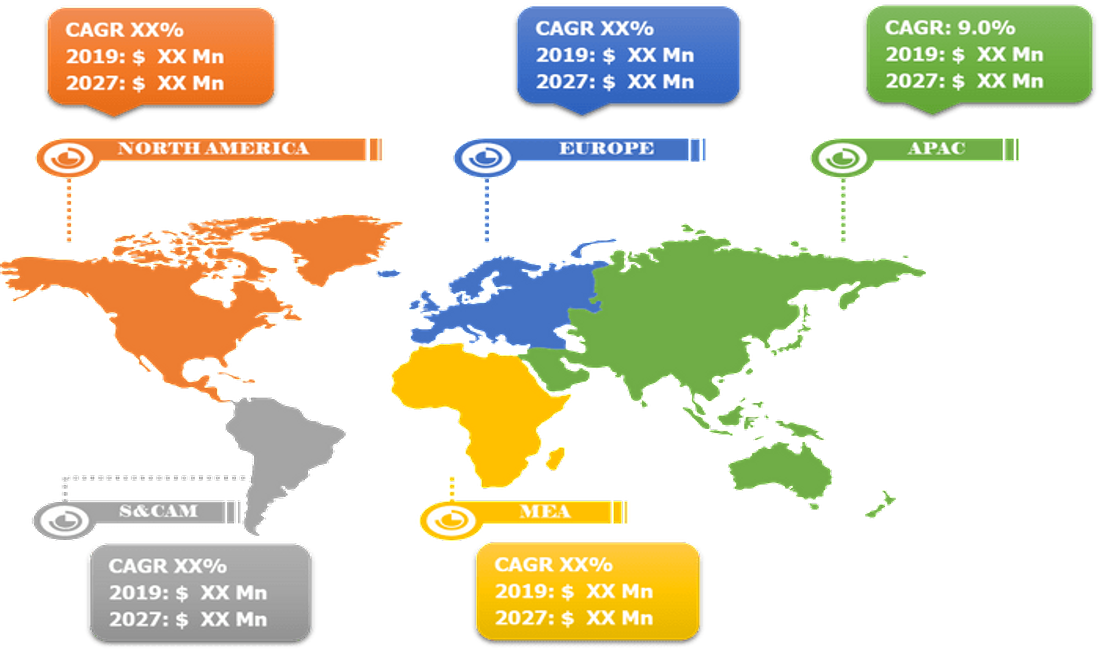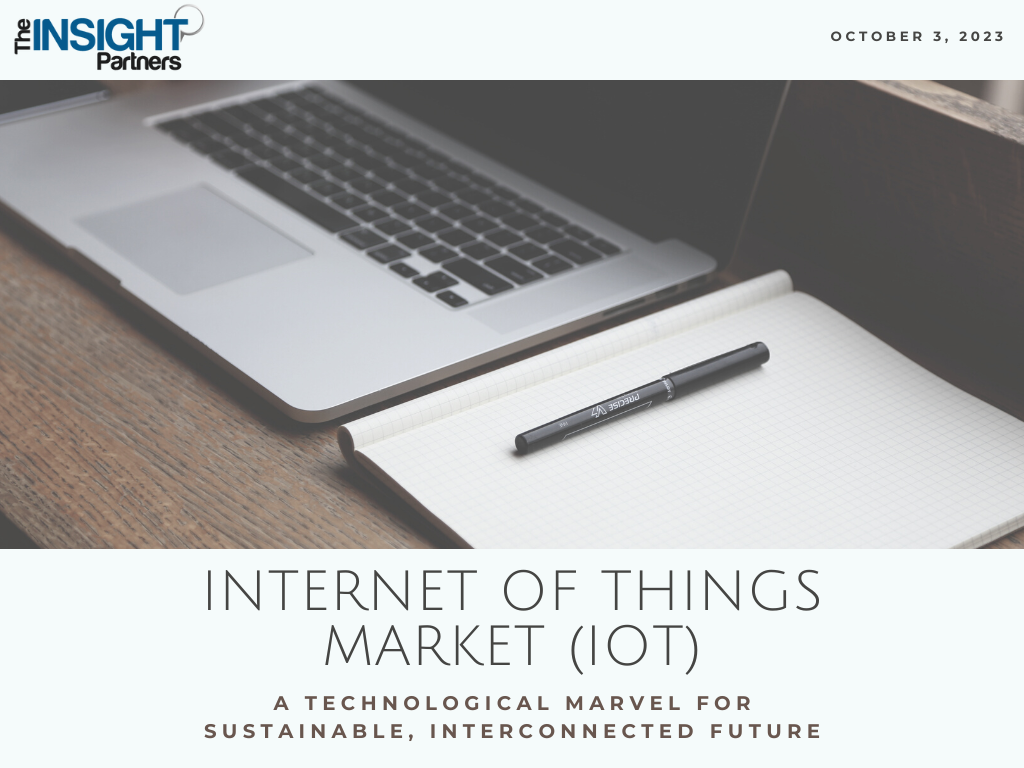A 2D barcode reader is a device that scans unique identification codes in black and white lines and decodes its information. The encoded data is transmitted to a system over a network. The information transmitted about the product includes its manufacturing and expiry date, batch number, etc., which helps the operator with decision-making related to inventory management. In addition, the 2D barcode is widely accepted as it helps reduce errors in data entry compared to manual data entry. It captures the data faster and more efficiently and reduces the possible risk of data errors compared to manual methods. In addition, 2D barcode readers are widely used in the retail industry as a solution for rapidly scanning products, thus enabling fast checkouts at retail stores. Further, it provides quick tracking of goods and products at the warehouse and monitors the movement of goods in the supply chain, which is increasing the demand for 2D barcode readers in the logistics sector.
KEYENCE CORPORATION, ZEBRA TECHNOLOGIES CORP, OMRON CORPORATION, COGNEX CORPORATION, AND HONEYWELL INTERNATIONAL INC – PROMINENT MARKET PARTICIPANTS IN 2D BARCODE READER MARKET
With the rapid growth in several industries such as retail, e-commerce, and warehouse, the demand for 2D barcode readers is also increasing. A 2D barcode reader helps maintain product information and manage the inventory; hence, several industries are adopting these readers to boost the productivity and workflow of business operations. To cater to such demand, various 2D barcode reader market players are taking strategic initiatives such as mergers and acquisitions to leverage each other’s technologies and explore each other’s audience, leading to increased sales and brand value.
Factory automation is the implementation of technologies and machines to automate manufacturing processes in order to increase production output and reduce labor costs. It also helps improve the quality of the products by minimizing the risk of human error. Hence, market players are increasingly adopting factory automation. For instance, in April 2023, Laminar, an automotive technology company, started its operations from the newly developed automated factory. The automation in the factory will help increase the volume of the production units of the sensors. In addition, in November 2022, an electric vehicle (EV) startup, “Weber Drivetrain,” opened an automated facility in Pune, India, to produce EV parts. The facility consists of semi-robots and machinery. Such instances will encourage other market players to boost their production output by automating their facilities. Automated factories are increasingly using 2D barcode readers to enhance product tracking and identification. These readers provide accurate product information compared to manual product tracking. They further increase the speed of production output and track information about a product’s manufacturing dates and batch number with the help of the product’s unique code. This information helps the operator better manage the business processes with constant access to product’s real time information. Therefore, the rise in factory automation is expected to be a prominent trend in the market during the forecast period.
The COVID-19 outbreak considerably impacted the global economy during its peak in Q1 and Q2 of 2020, and the crisis has hampered business activities in various industries. Governments of several countries imposed stringent regulations on human mobilization and trade bans. The global economy witnessed a paradigm shift toward work-from-home culture and a change in consumer buying behaviour, such as increased online shopping. As a result, many customers started to shop online, significantly increasing the use of 2D barcode readers.
Furthermore, the COVID-19 outbreak negatively impacted the organization’s revenue in various industries; however, the pharmaceuticals and e-commerce industries experienced a positive impact during the outbreak. This indicates that COVID-19 positively impacted the 2D barcode reader market as the 2D barcode readers are widely used in industries such as pharmaceutical e-commerce, logistics, retail, and manufacturing. The COVID-19 pandemic reshaped global 2D barcode reader production owing to new customer demands, expectations, and technological advancements.
The top five companies in the market are Keyence Corporation, Zebra Technologies Corp, Omron Corporation, Cognex Corporation, and Honeywell International Inc. The above listing of key players is derived by considering multiple factors such as overall revenue, current well completion equipment and services portfolio, new product launches, market initiatives, investment in technology up-gradation, mergers & acquisitions, and other joint activities. A few of the important market initiatives and product developments from the industry are mentioned below:
| Year | News | Region |
| 2023 | Cognex’s DataMan 580 fixed-mount barcode reader has been designed for logistics tunnels and boasts high-speed operations and improved traceability. With its ability to decode multiple 1D and 2D codes at top line speeds and a nine-megapixel area scan imager, the DataMan 580 enables users to process more items with reduced space between boxes. Additionally, the system’s HDR+ imaging algorithm ensures crisp, clear images even in low-contrast environments. The DataMan 580 can be paired with Cognex 3D vision systems for real-time label compliance validation and easy integration into the company’s modular vision tunnels for quick deployment. | North America |
| 2023 | Cognex Corporation has released the DataMan 282 fixed-mount barcode reader with high-powered integrated torch (HPIT) and optional dome lighting attachment, aimed at enhancing direct-part mark (DPM) code reading. The new lighting components can optimize lighting contrast and minimize glare and background interference, enabling the reader to read challenging DPMs imprinted on curved, shiny metal surfaces. The new HPIT also allows users to switch between red, white, blue, and green lighting options, providing the right lighting color for each application and improving image contrast, read rates, and throughput. This new technology is expected to benefit a wide range of industries, including electric vehicle, consumer electronics, and medical devices. | North America |
| 2023 | Adesso’s acquisition of WebScience, an Italian software company, is a strategic move to strengthen its foothold in the Italian market. With the acquisition, adesso Italia in Milan will be reinforced, and the WebScience team and customers in Italy can leverage the synergies of the adesso Group’s Europe-wide business. The move is a sign of adesso’s commitment to expanding its business in Europe and capitalizing on growth opportunities in the region. This acquisition will enable adesso to expand its portfolio of software solutions and improve its ability to provide tailored services to customers in Italy and beyond. | North America |



